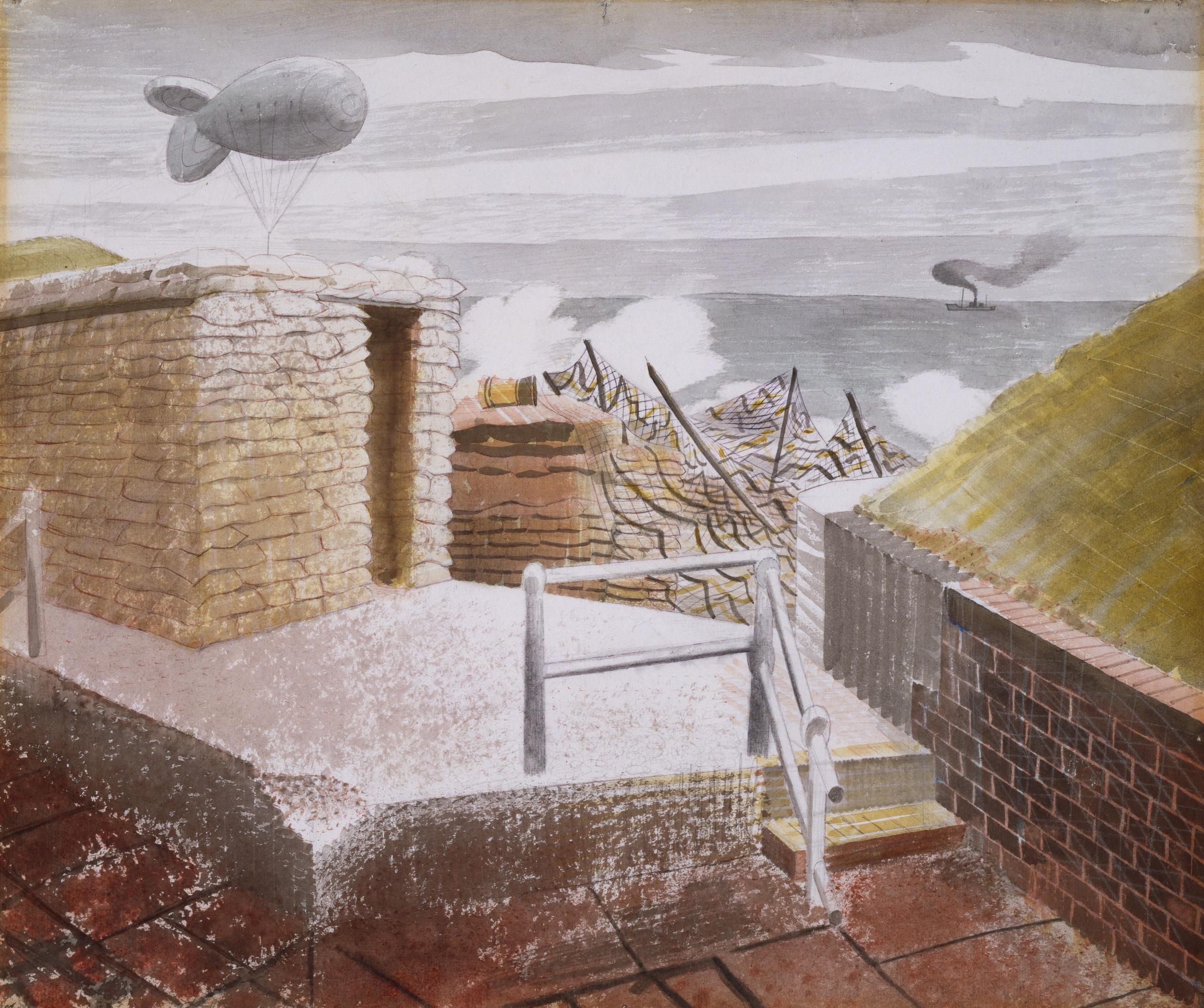If you are well-versed in the expressionism art movement, you may want to find out about impressionism. The Impressionism Art Movement came to the fore in the 19th century. The movement started in France can be known as the art movement that challenged the way that painters painted.
While impressionist artists realised that everyone painted differently, they were more focused on paintings created outside of the art studio and not those painted within an art studio. Spontaneity was the order of the day when it came to the paintings that impressionist artists advocated.
Spur of the moment painting is what characterised this art movement. These artists believed that art could happen at any second when a moment worth capturing was seen. True artistic passion could be seen when capturing a passionate moment at that moment itself. For this reason, most of the work of impressionist artists depicted landscapes and outdoor scenes.
The paintings of this era were believed to be more natural paintings that were seen as being painted on the spot.
When capturing a moment, impressionist artist believed that in order to eternalise a moment, the moment had to be captured immediately by the artist in the form of a painting for all to see. While impressionist artists are appreciated today, their ideas were not met with enthusiasm when they first devised them in the 19th century. The harsher and irregular brushstrokes as well as half-finished paintings were not seen as being favourable by art critics.


Core Features of Impressionist Art
- According to Impressionist artists, paintings were supposed to be created keeping the idea of movement and flow in mind. To capture movement and flow, Impressionist artists tend to be looser with their brushwork.
- Colours that were chosen to capture the moment were mainly vivid and bright colours that have a rather great intensity.
- Images in the work of Impressionist artist speeds before your eyes can spot them.
- Parts of a painting like the background image were not to be focused on and were thus blurred out.
- Again, the painting was left to the interpretation of the viewer, however, many imperfections were a key feature of this style of painting.
- The focus on most of the artwork produced during this era was to produce "in the moment" snapshots of what was created. This characteristic of this era of painting is what we know today where we whip out our phones ever ready to capture a moment.
- The idea of realism was not important to Impressionist artists; however, they were painters fixated with the idea of immediacy.
- The reason why the work of Impressionist artists was not always met with enthusiasm is due to the fact that these artists used a very loose brush technique. Their paintings with the blurred-out subjects and backgrounds created the impression that the painting was incomplete. The imperfections evident in the work of Impressionist artists was such that it may have gained criticism, but the imperfections were very apt in depicting the imperfections evident in real life.

Exploring Impressionist Paintings
Paintings painted by Impressionists were considered to be a form of defiance. Parisan painters such as Degas, Monet, and Renoir were rejected by the art establishment and hence they are considered the fore founders of the Impressionism Movement.
Aside from the quick brush strokes evident in Impressionist Paintings and the vivid and pure colours used, we can immediately spot the painting of an Impressionist just by the subject and scenes depicted.
Artists like Monet and Degas made room for paintings that depicted cafes, theatres and country-side resorts that could be found in Paris.
From Impressionist Paintings it became clear that much of the paintings were completed outside of an art studio.


Impressionism Artworks
To understand the Impressionism artworks, you need to understand the impressionist artist. Edgar Degas is known as the French Impressionist artist born into a rich family who did encourage Degas' love for art. However, Degas family wanted him to take up art as a mere hobby. Degas did try to pursue law, but his law journey led him to Paris where he chose to drop his father's passion (law) and pursue his passion (art). In Paris, Degas found inspiration for his art everywhere. From painting museums to galleries to street scenes, Degas painted it all. Upon visiting the Louvre, he stumbled across Edouard Manet with whom he formed a friendship with, but who also remained one of his rivals as well.
Degas initially didn't want to be considered an Impressionist as he was too bound by his classical art training while using line, focal points, and sketching techniques that he felt were not in line with that of Impressionist painters. He felt that his paintings were unlike that of Impressionism Artworks which entailed favouring colour, textural painting, and working outdoors.
Ultimately due to Degas' work and the fact that he painted outdoors, he achieved the title of being an Impressionist painter. By looking at Degas work, you can be transported to that moment in time that depicts how people were actually living.
Top Artworks: The Bellelli family (1858 - 67), Monsieur and Madame Edouard Manet (1868/9), Foyer de la danse (1872)
Birthplace: Paris, France
Lifeline: 1834 - 1917
Art Style: Realism, Impressionism, Japonism
Art Forms: Painting, Sculpture and Print
A Cotton Office in New Orleans
One of Degas artworks that surely does capture every characteristic of Impressionism painting is the painting called, A Cotton Office in New Orleans. The painting is a traditional oil painting and was painted in 1873. This painting aptly captured what a scene would like in a New Orleans cotton office.
The employees of the Cotton Office are the focal point of the painting while the office itself is blurred in the background.

If you want to know all that there is to know about Impressionist paintings and the artist from the Impressionism era, reach out to an art tutor of your choice.
You may be interested not to find out about impressionism, but expressionism, therefore, you can read this blog post All About Expressionist Artists.
Definition of Impressionism Art
The Water Lilies
Monet's work could be used to best describe Impressionism Art. This artist spent the better part of his life creating a beautiful garden which he transferred onto a canvas.
The Water Lilies series painted by Monet was one that actively captured the technique of showcasing horizontal depth. The piece is rather mesmerizing as it seems as if you are looking into the depths of the water while staring at the reflection in the water of the sky, clouds and trees.
Artist: Monet (French impressionist and Post impressionist)
Date Painted: 1918 - 1926
Original title: Les Nympheas
One Location: Musee de l’orangerie, Paris
The series: around 250 -/+ paintings
Size: 200 x 425 inches (example size of one of 250 paintings)
Medium: Oil on canvas
Do you think you know about all the art movements? Well, you may want to explore the baroque art or the surrealism.
Impressionist Paintings that Define Impressionism Art
- Sunrise by Claude Monet
- The Cradle by Berthe Morisot
- Woman with a Parasol by Claude Monet
- The green dancer by Edgar Degas
- A bar at the Folies-Bergere by Edouard Manet
- The coiffure by Mary Cassatt
- The Paris Street; Rainy day by Gustave Caillebotte
- Little Girl in Blue Arm Chair by Mary Cassatt
- The Large Bathers by Pierre-Auguster Renoir
- Luncheon of a Boating Party by Pierre-Auguster Renoir
The movement is too hard to define but can be seen as an art movement where painters captured moments as it happened, and they painted most of their paintings outdoors. Impressionism still remains a revolutionary movement and one in which some of the most beautiful and breathtaking work was produced.
The colours utilized on the canvas of an Impressionist painter was filled with expression and emotion that it basically had the ability to transport the viewer into the moment.
The Large Bathers painting by Pierre-Auguster Renoir is one such painting in which the evident joy and freedom of the larger ladies bathing freely in a scene that seems to0 beautiful to be true is captured. The subject of this particular portrait stands in the forefront with the scene behind being slightly blurred and less important.
From Renoir's artwork, it is clear the artist is not just showing us artwork but communicating how fleeting these moments are and indicating just how powerful each moment is.
Could you be an impressionist artist too when you capture scenes unfolding before your eyes with a digital camera? Perhaps an art teacher will help you understand impressionism more and help you decide whether you are an impressionist artist or not.
You interest may have been piqued slightly to learn about the art movement characterised by blocks which is also known as the Cubism Movement, or even pop art.
There are plenty of art experts available to help you deepen your understanding of all the classical and contemporary art movements.















